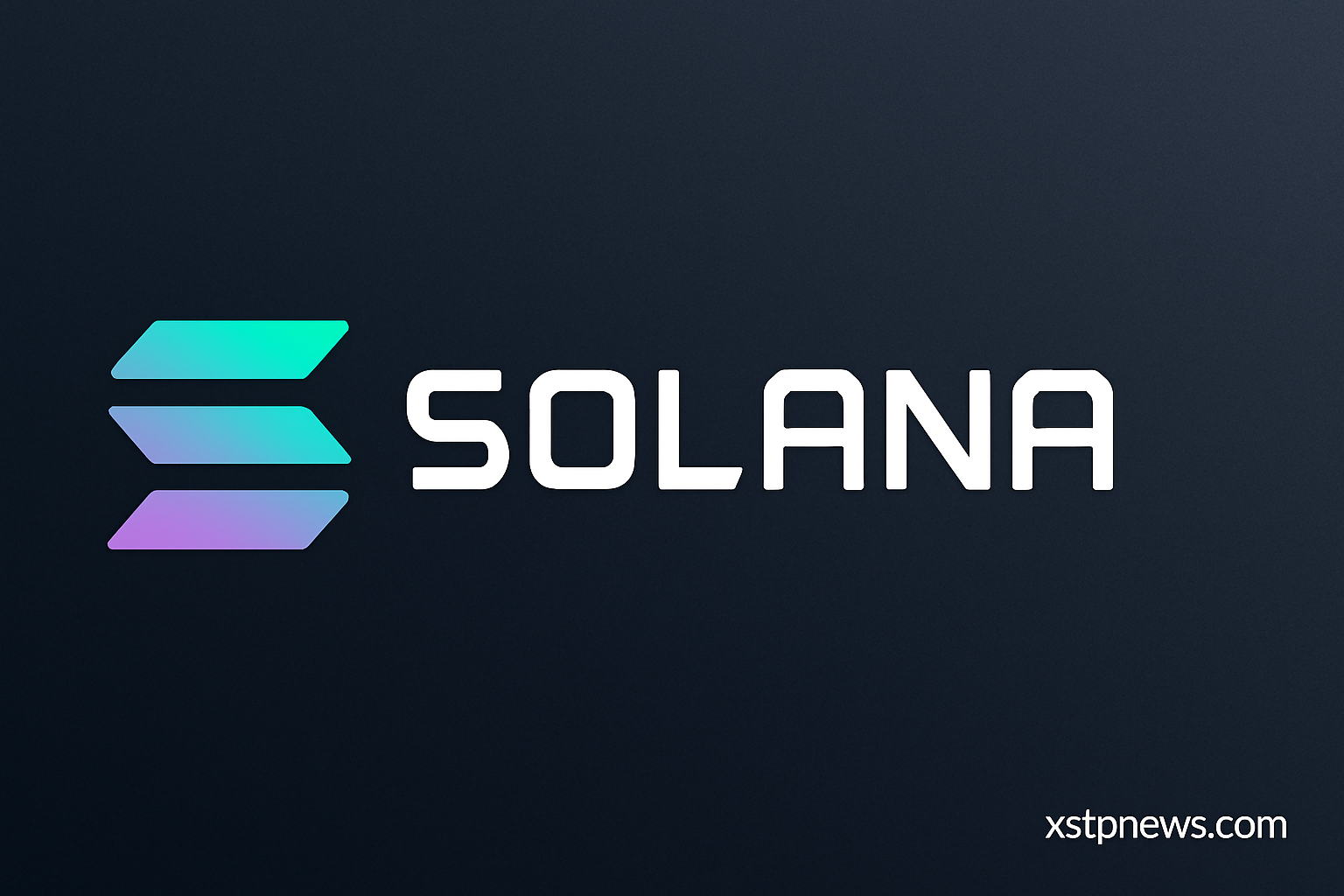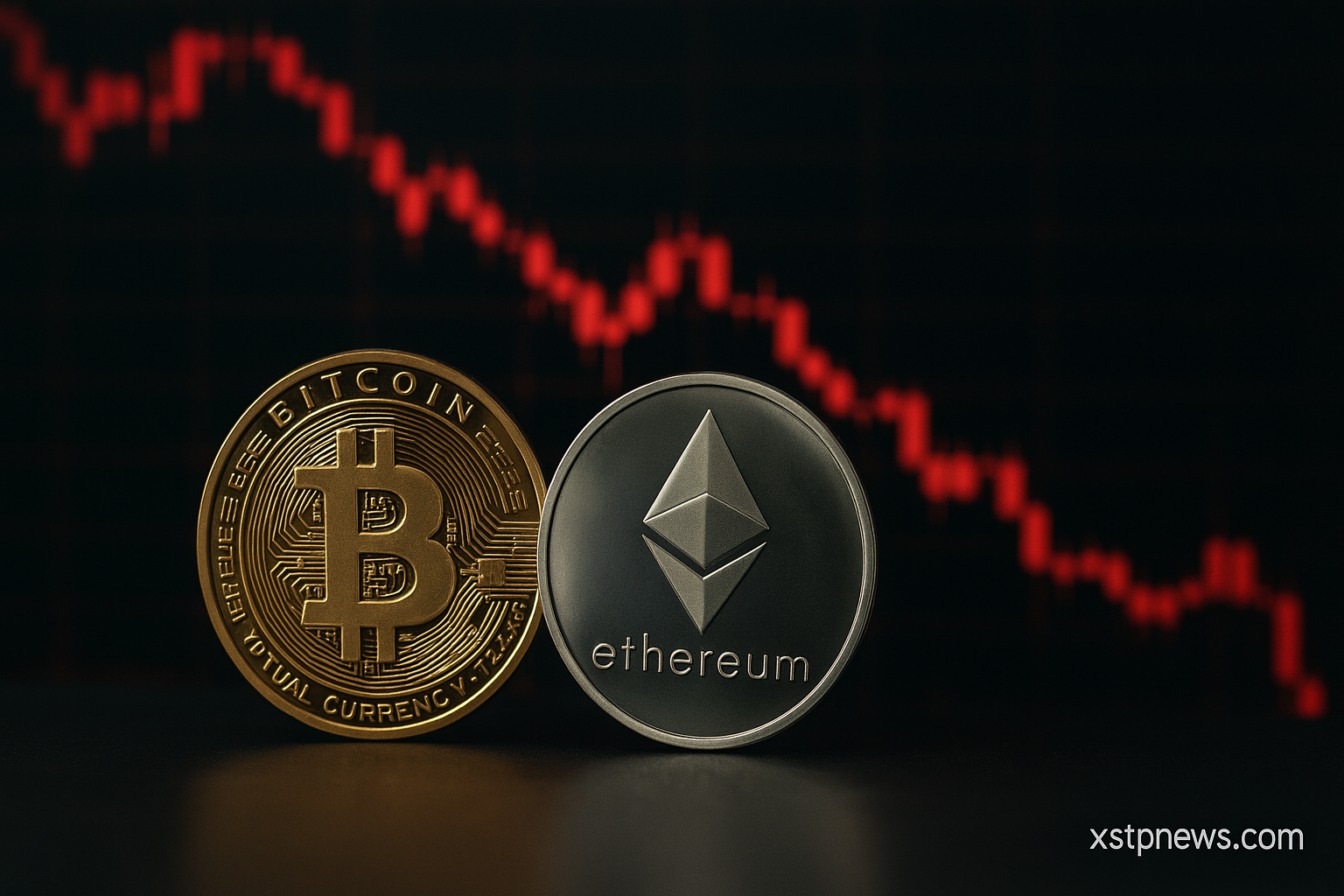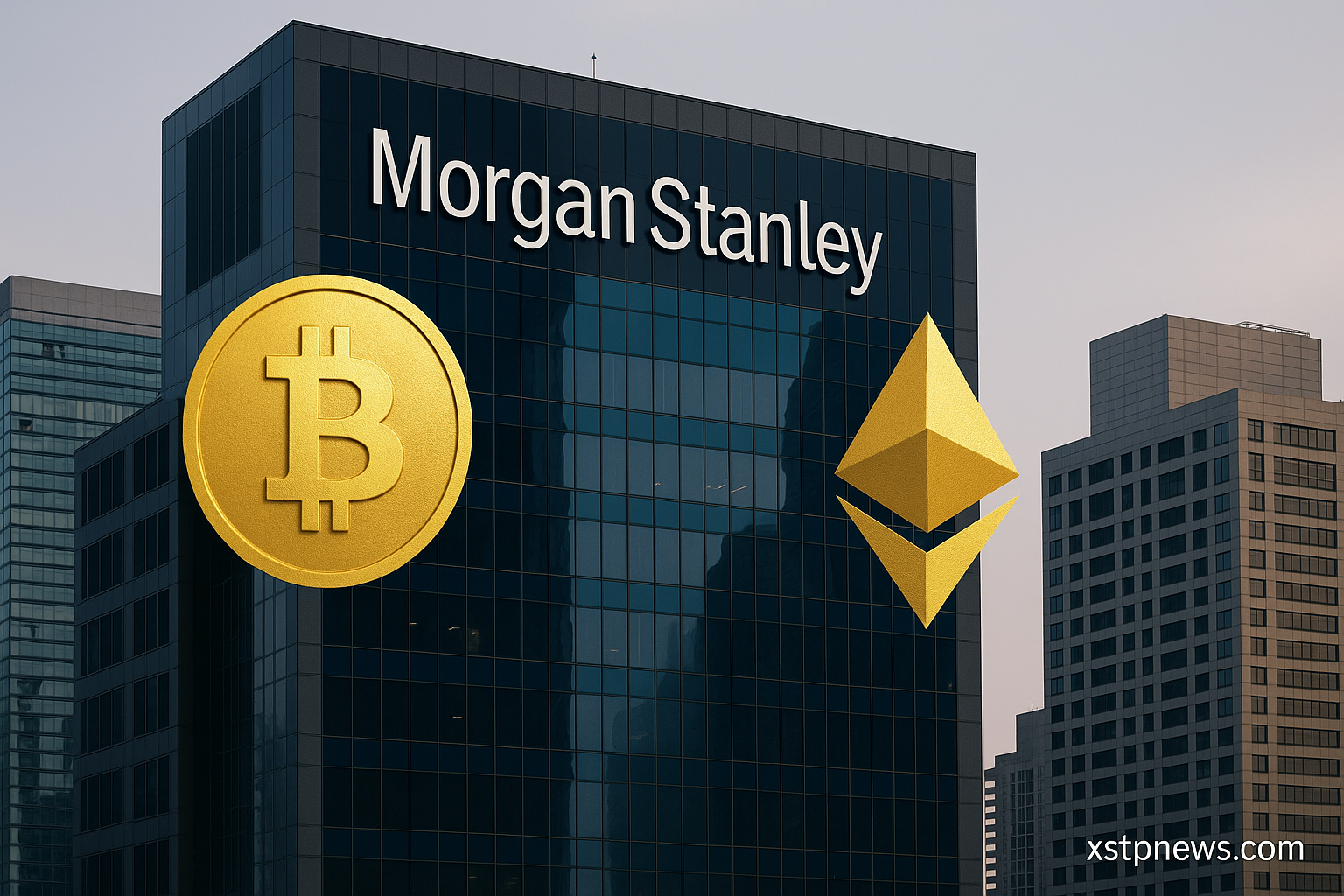Solana has emerged as one of the most ambitious blockchain networks in the crypto ecosystem. Known for its unmatched transaction speed and low costs, Solana is aiming to become the backbone of high-frequency decentralized applications (dApps), including DeFi, NFTs, and real-time gaming.
The Vision Behind Solana
Solana was created to solve the blockchain trilemma: decentralization, security, and scalability. Unlike Ethereum, which often sacrifices speed for security and decentralization, Solana’s architecture is built around performance.
The project was launched in 2020 by Anatoly Yakovenko, a former Qualcomm engineer, who introduced a novel concept called Proof of History (PoH). This unique timekeeping technique allows the network to process up to 65,000 transactions per second (TPS) without sacrificing security or increasing costs.
How Solana Works
Solana combines Proof of History with Proof of Stake. PoH creates a historical record that proves that an event occurred at a specific moment in time, allowing for faster consensus without needing all nodes to communicate constantly.
The result is a high-performance blockchain capable of supporting real-time applications. With block times of 400 milliseconds and fees often below $0.001, Solana presents itself as a scalable alternative to Ethereum for developers seeking speed and cost-efficiency.
DeFi, NFTs, and Real Use Cases
Solana powers a wide range of live applications that extend far beyond speculation.
In the DeFi space, platforms like Mango Markets, Jupiter and Marinade Finance offer tools for trading, staking and yield generation. In the NFT sector, Magic Eden has become a go-to marketplace thanks to Solana’s cheaper and faster minting process. For Web3 gaming and real-time experiences, Solana’s speed is a natural fit, with games launching directly on-chain. Its performance also enables near-instant payments, which are increasingly being adopted for remittances and retail.
This diversity positions Solana as a technology stack, not just a crypto asset.
Tokenomics and SOL Utility
SOL is the native token used across the network. It serves multiple purposes: paying transaction fees, incentivizing validators through staking, and eventually, participating in on-chain governance.
Solana’s token model includes a supply cap of around 560 million SOL, with about 440 million currently in circulation. Inflation began at 8% but decreases by 15% per year, targeting a long-term emission of 1.5%. This creates a deflationary dynamic, especially as demand for block space increases.
Network Challenges and Resilience
Solana’s trajectory hasn’t been without obstacles. The network faced several high-profile outages between 2021 and 2023, caused by congestion, spam attacks or validator coordination issues. Critics pointed to a lack of decentralization and questioned the network’s reliability under pressure.
In response, the Solana Foundation implemented key upgrades, including local fee markets and client optimizations. Since 2024, uptime has improved significantly, and performance has stabilized. While some concerns remain, the network has demonstrated greater maturity and resilience.
The experience reopened an important debate: should blockchains prioritize usability, or remain slow and neutral in the name of decentralization?
Market Position and Institutional Growth
SOL remains in the top 10 cryptocurrencies by market capitalization, attracting both retail and institutional interest. As tokenization of real-world assets (RWA) gains momentum, Solana’s speed and low costs have made it a favorite among fintech startups and next-generation apps.
Institutions have started deploying capital through Solana-native protocols and integrating the network into payment systems, signaling growing confidence. Its developer experience, with tools like Solana Mobile Stack and fast RPC infrastructure, is another reason why adoption continues to climb.
Solana isn’t trying to replace Ethereum or Bitcoin. It’s carving its own path: a high-performance, developer-first blockchain designed to power real-world decentralized applications.
Its future depends on more than just tech it will be shaped by adoption, reliability and the ability to scale without compromising too much on decentralization. If successful, Solana could become the financial backbone for a new generation of apps, games and global transactions.
Sources: Solana Foundation, CoinMarketCap, DeFiLlama, Messari, Bloomberg







